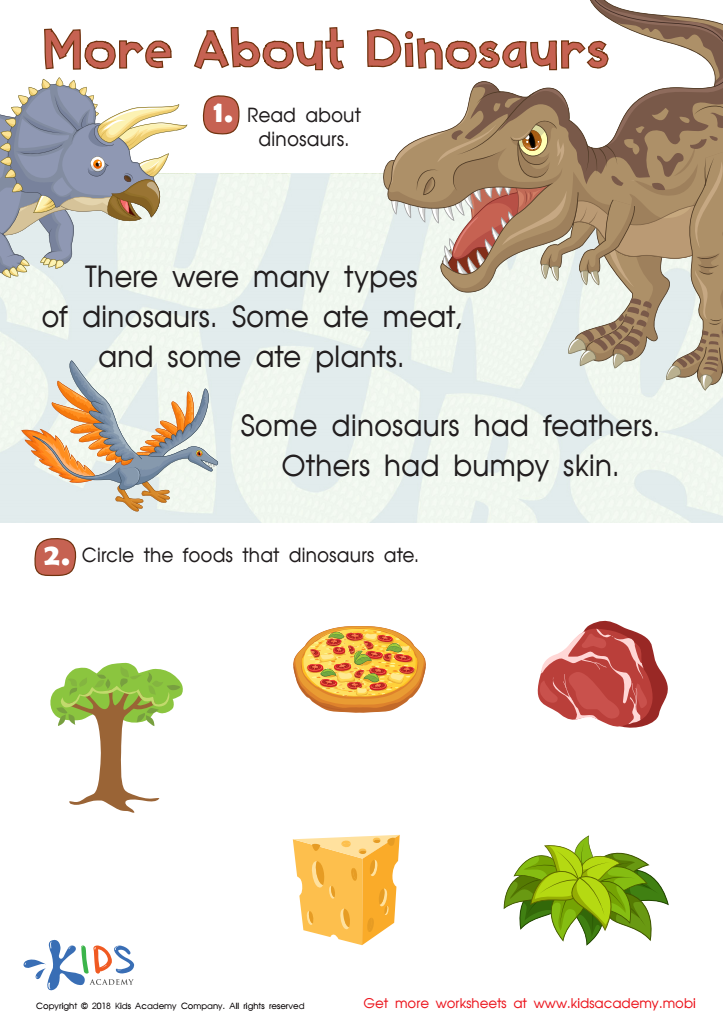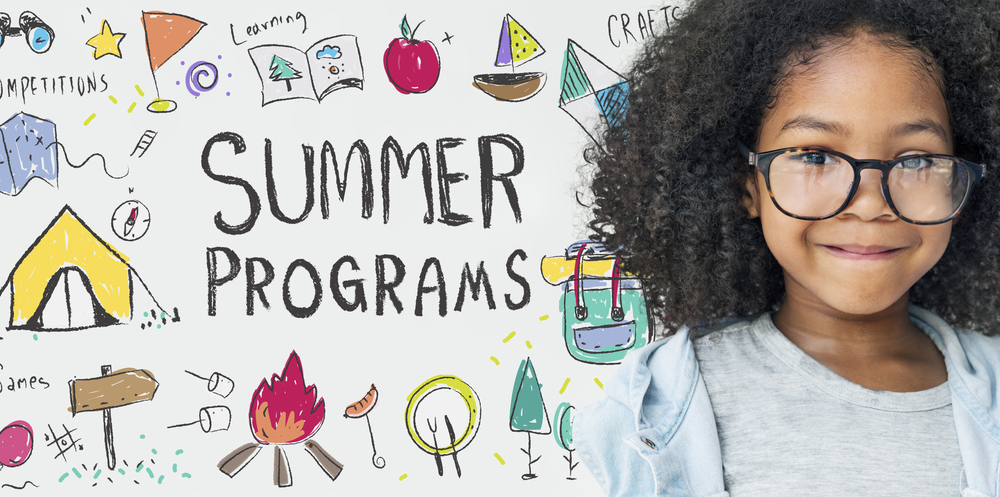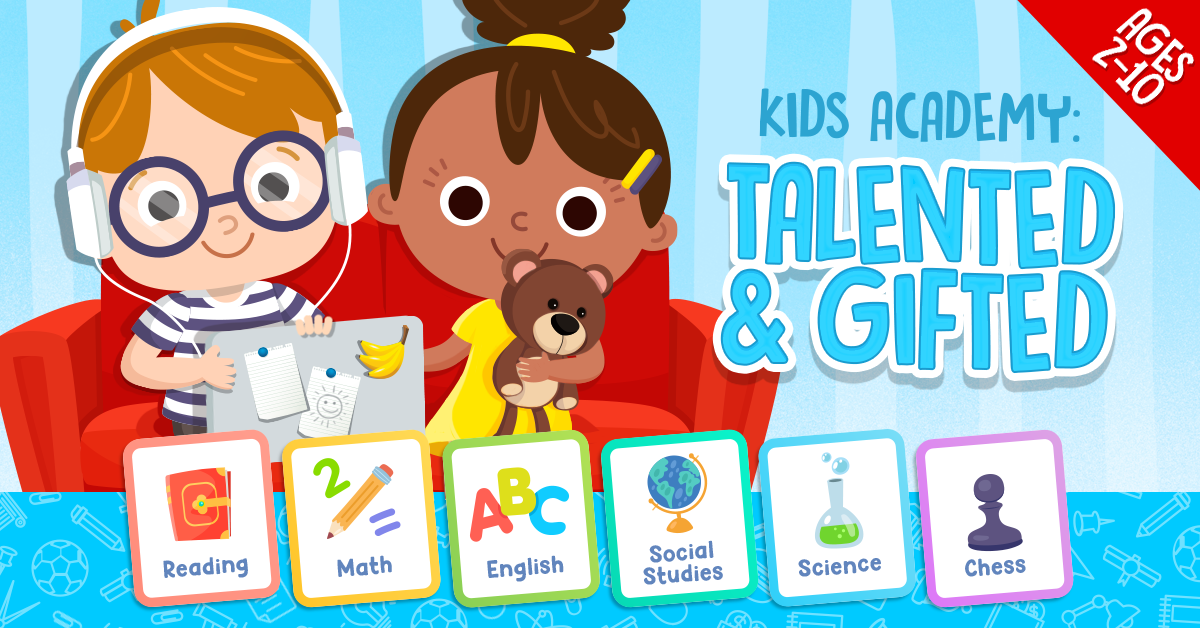Fact gathering Worksheets for Kids
1 filtered results
-
From - To


More About Dinosaurs Worksheet
Question/Answer
Why is the Fact gathering skill important for Grade 1 students?
The fact-gathering skill is crucial for Grade 1 students because it lays the foundation for critical thinking and effective learning. It helps them to distinguish between facts and opinions, develop curiosity, enhance reading comprehension, and build the basis for research skills. These abilities are essential for their academic success and for understanding the world around them.
What are some effective activities to train students’ Fact gathering skill when teaching them about Reading Non-Fiction?
Effective activities for training students in fact-gathering from non-fiction include creating graphic organizers, summarizing paragraphs, highlighting or annotating key facts, conducting scavenger hunts for specific information, and engaging in question-answer sessions where they must find answers in the text. Such exercises encourage active reading, critical thinking, and the ability to distinguish between main ideas and supporting details.
How to train the Fact gathering skill in Grade 1 students learning about Reading Non-Fiction?
To train Grade 1 students in fact-gathering from non-fiction, start by introducing simple, engaging texts. Teach them to identify specific details such as who, what, when, and where. Use visual aids like charts or graphic organizers to help them organize information. Encourage questioning and discussion about the text to deepen understanding and retention of facts.
 Assign to My Students
Assign to My Students















